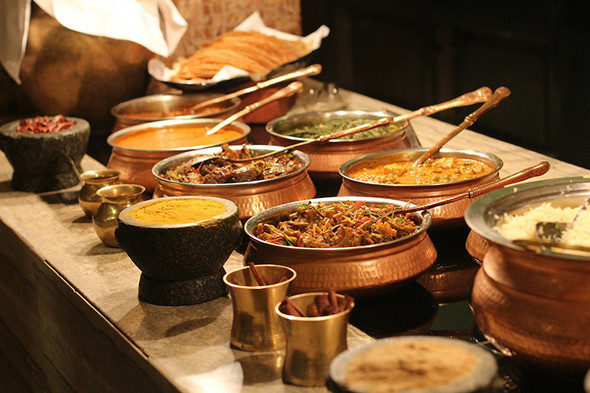Disserting about the Indian cuisine is like lumping together the French, the Italian, the Hungarian and, let’s say, the Russian cuisines. The north-south stretch of the country of a size of a continent equals the distance between London and Moscow. When traversing the country travellers can journey through everything from tropical forests, semi-deserts and low-latitude deserts to the highest mountains on Earth. The same is true to the cuisine of India. People living in Kochi eat differently, think differently of the world and themselves, speak a different language than those in Bhubaneswar. People in Chennai dress and pray differently (and even to different Gods) than in Amritsar. Writing about the Indian cuisine is like scratching the surface of this amazing world.
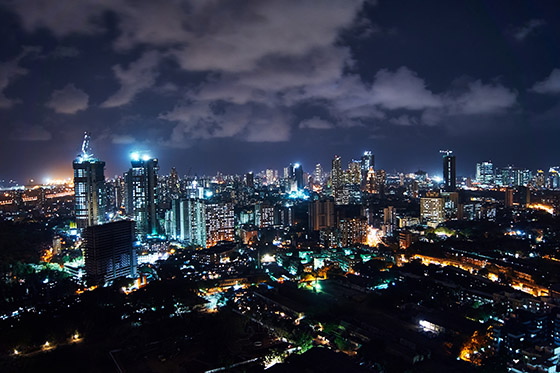
The Sun never sets on Mumbai. Or if it does its inhabitants do not take notice at all. The metropolis with a population of nearly seventeen million people officially (or unofficially twice as many) is the vibrant centre and rumbling stomach of India. Accordingly, everybody is either eating or wants to eat all the time whether at home, in restaurants or on the streets. Hungarian chefs often complain about purchasing fresh raw materials, here they would no longer have such problems. As everything else (be it life or death) eating has also moved out to the streets, alleyways and elegant promenades. On the ocean coast hazelnuts are roasted amidst coachloads of tourists, in the gloom of the bazaars jacket potatoes and cinnamon rice wrapped in banana leaves are offered and tea, of course, without which life is unimaginable here.
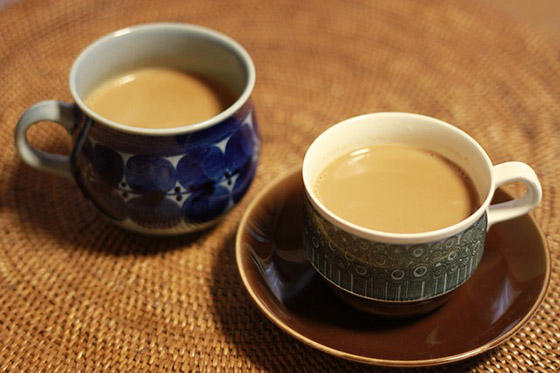
(A propos tea, it is important to note that here black tea is simply put in cold water with some milk and the whole is boiled at once. It is frequently seasoned with cardamom and less often with black pepper but anyway with loads of sugar).
|
Fine Dining in India |
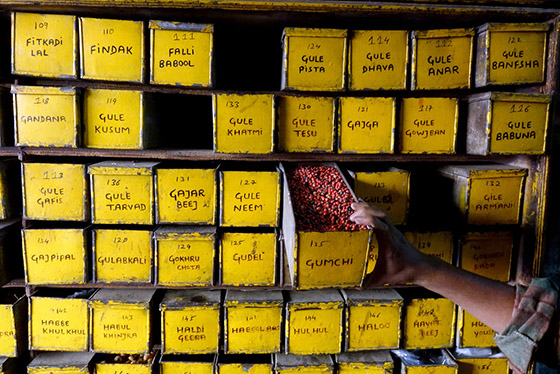
If you are rather particular about cleanness, do not come here! Although the old India full of beggars chewing betel leaves is about to disappear, reality is still far away of the romantic image as many picture this country. Chaos may be the kindest word to describe this world. In one moment Hindu merchants are offering fresh coriander, onions and roasted corns in the dust of the street and, without noticing it, on the next corner we find ourselves in a Muslim quarter where a devoted Muslim butcher is just about to cut the throat of a goat and let dogs sip the blood up. The scent of incense sticks mixes with the smell of (the holy) cows wandering freely on the streets, the aromas of pepper and citruses and all these spiced with the noise of honking cars and the hullabaloo of the merchants who want to sell everything by all means. (If in a hot summer day you feel like dying of thirst, taste a fresh coconut water with a straw. It is a proven and clean solution.)
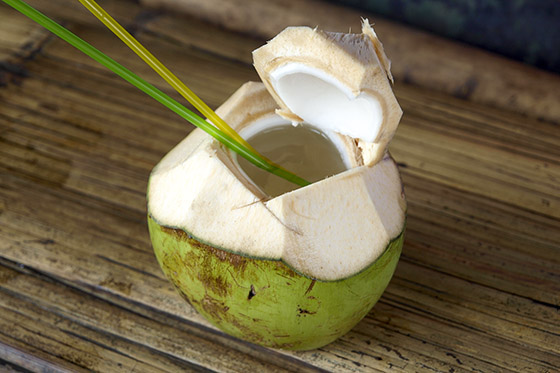
On the road and on the roadside
The juicy, thin-peeled purple banana seems surprising only for the first sight. Sugarcane juice (which is always freshly extracted and flavoured with lime juice and fresh, grated ginger) vendors along country roads or on the corners of urban crossroads, women cooking chapatis (flatbread) on cow dung fire mostly seen far away from cities nowadays (though in the ‘70s they were common even on the streets of Mumbai) or men selling fresh fruits (mango, pineapple, water melon) belong to the image of India just as the wineshops sprouting up in metropolitan areas (forget the European wineshops) or the Chinese shops specialised in selling electronic products on the markets next to the traditional vendors of vegetables and spices.
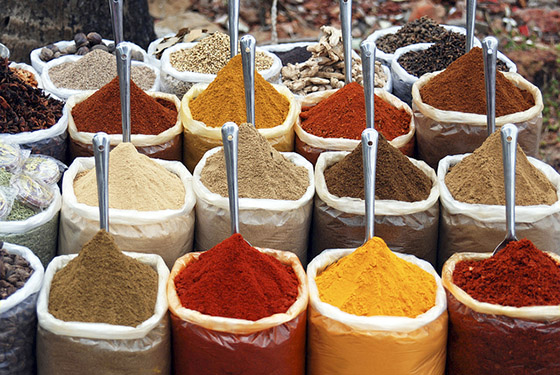
| Stuffed banana as I’ve seen it in Pune |
|
Ingredients: Chop the bunch of coriander. Cut the bananas into 7-9cm pieces (but don’t peel them), place cuts in the bananas. Mix the coriander powder, the cumin powder, the chili powder, the salt, the turmeric, the chopped coriander leaves, the sugar, the flour and 15ml oil in a bowl. Gingerly fill this mixture in the cut bananas. Heat up the remainder of oil in a pan (a wok is fine) and fry the cumin and the black mustard seeds. Once they’re ready, lower the heat and put the stuffed bananas in the pan. Fry them for about 15 minutes turning them over rather frequently and watch out to avoid over-cooking. Serve it with fresh coriander leaves. |
The “matter of wine” is a new and rather interesting chapter of the country. From the mid-nineties Indian winemaking has been booming and has started a rather complete revolution. By now the wines of the country have come up to the mark set by the European consumers and in fact, owing to French, Italian or South African wine makers, they even surpass it many times. Besides the lack of wine culture, the problem arises from the fact that it is hard to match wines to the traditionally hot Indian dishes. (Except for maybe Tokaji Aszú, where the balance between acidity and sugars can perfectly harmonize with very spicy dishes.)
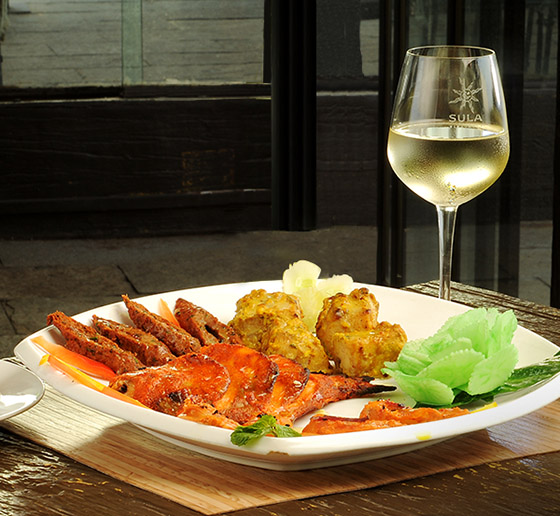
This latter statement, namely about hot spiciness, is not surprising at all in the country that had given ginger and pepper to the world. If for no other reason (which is unimaginable in case of a country of a culture of several thousands of years) it is worth visiting India for its gastronomy and the abundance of fascinating raw materials as did the English, French and Portuguese since Vasco de Gama. As Salman Rushdie wrote:
From the beginning, what the world wanted from bloody mother India was daylight-clear … They came for the hot stuff, just like any man calling on a tart



